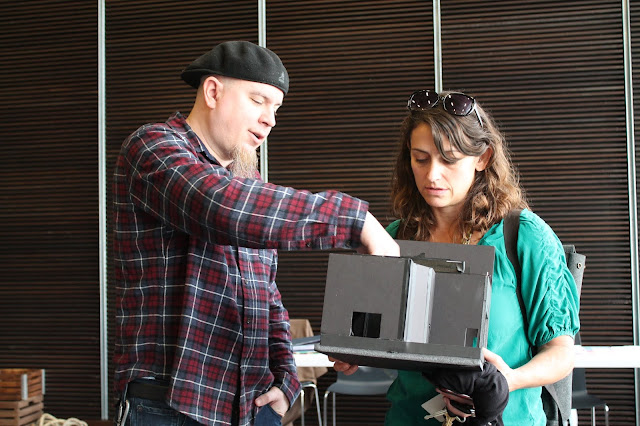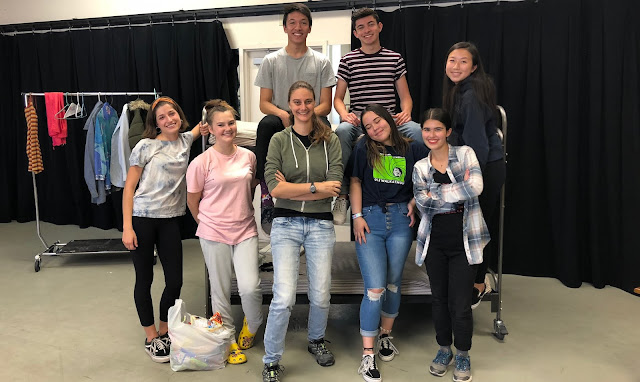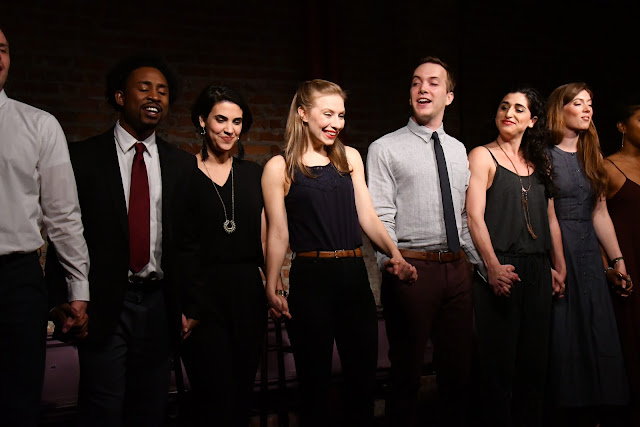Dare to Rock the Boat

By Hannah Clague, Education & Community Programs Fellow On the first page of her play Men on Boats , playwright Jaclyn Backhaus gives a note on casting: “The characters in Men on Boats were historically cisgender white males. The cast should be made up entirely of people who are not. I’m talking about racially diverse actors who are female-identifying, trans-identifying, genderfluid, and/or non-gender-conforming.” In creating an event to accompany A.C.T.’s mainstage production of Men on Boats , we in A.C.T.’s Education & Community Programs department wanted to reflect Backhaus’s vision. Just as the playwright created a world in which actors from a variety of genders are given voice to tell John Wesley Powell’s story, we wanted to produce an event that provided a space in which people of a variety of genders could tell their own. I remember sitting in Mrs. Ross’s fifth-grade US History class, flipping through the pages of our History Alive! textbooks (cue my cl...







